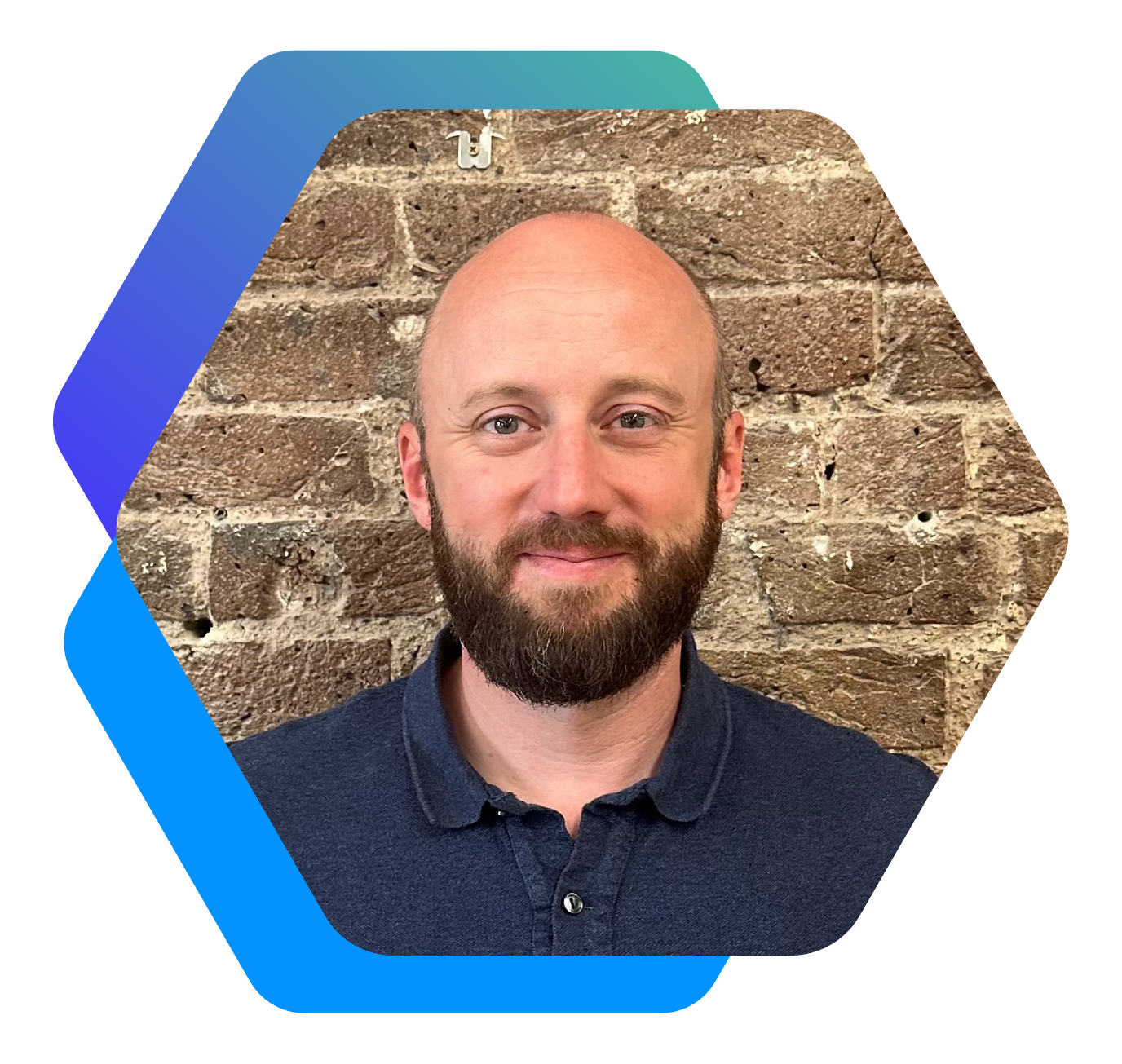How To Scale Smarter – Insights from a Chief Revenue Officer
As Chief Revenue Officer at Instant Impact, Pete Donaldson, has spent years helping organisations unlock growth through smarter hiring. And it's safe to say, he's pretty good at it...
We recently had a chat with Pete to home in on his expertise on the evolving talent landscape, how businesses should be rethinking recruitment in the age of AI, and why scaling successfully requires more than just filling seats.
 Why is hiring still so hard?
Why is hiring still so hard?
“That’s a good question,” Pete says. “I think it’s hard because it depends on the type of business you are.”
For some larger companies, it’s about volume - endless applications flooding in thanks to one-click job boards and AI-generated CVs. “It’s now easier than ever to sit in front of your computer and apply for hundreds of jobs at one time,” Pete explains. The challenge is cutting through the noise to find quality candidates.
On the other side of the spectrum, some businesses struggle with visibility. “They post jobs... and then nobody applies for them because they’ve either got something wrong with how they’re presenting the job or people have preconceptions about what that company is.”
This dual problem - too much noise or not enough attention - reveals a deeper issue: a lack of clarity about what you're offering and who you’re trying to attract.
Rethinking go-to-market for talent
Pete brings a commercial mindset to hiring, seeing clear parallels between sales strategy and recruitment. “When you’re building a go-to-market strategy, you need to identify the target market. In sales, we call that your ICP - your Ideal Customer Profile. In hiring, it’s your ideal candidate.”
That means understanding the size of your talent pool, defining the personas you want to attract, and tailoring your approach accordingly. It’s a shift from traditional recruitment thinking; moving beyond job specs and CVs to a more strategic approach rooted in outcomes and engagement.
Why mid-sized businesses are in the sweet spot
Instant Impact specialises in supporting mid-sized businesses, and Pete is passionate about the impact they can make.
“You get the enthusiasm and flexibility of startups, but with a more mature environment,” he says. “They still have an entrepreneurial spirit... and you can make change pretty quickly.”
Compared to the slow pace and rigidity of enterprise organisations, mid-sized firms are uniquely positioned to embrace new ideas, and scale fast if they get the talent equation right.
Choosing the right hiring partner
With hundreds of recruitment tools and services available, Pete says it comes down to how a business views recruitment: “Some businesses see recruitment as a fulfilment centre... Others see it as a growth function.”
If you’re simply looking to “fill slots,” you’ll likely make transactional decisions. But if you treat recruitment as a strategic lever for business growth, you’ll look for partners who understand your goals and tailor their support accordingly.
“Bad hires cause you an untold amount of problems,” Pete warns. “The biggest mistake I see leaders make is backing the wrong person for too long. Hoping it’ll work out. It usually doesn’t.”
Embracing AI - without losing the human
The rise of AI in recruitment is a hot topic, but Pete cautions against adopting tech for tech’s sake.
“If your process is broken, technology will not solve it. In fact, it will probably make it worse.”
He believes AI should be used to remove friction - automating low-value tasks, speeding up workflows, and freeing up recruiters to focus on the parts of the process that require emotional intelligence and real human judgement.
For Pete, the sweet spot lies in knowing where to bring a human into the loop. “That’s where you bring in the emotional intelligence - at the friction points.”
Hiring for impact - not job titles
One of Pete’s most powerful insights came when we discussed how to prioritise hiring during times of rapid growth.
“Too many businesses hire to fill an org chart,” he says. “But when you’re scaling fast, you need different skill sets at different times. You shouldn’t be tied to the structure you set two or three years ago.”
He believes companies need to be bolder about hiring for impact - creating roles around people who can drive change, rather than forcing talent into predefined boxes.
“Some of the best hires I’ve seen were brought in for one thing but ended up doing something even better - because someone saw what they could bring to the business.”
What’s next for talent?
Looking ahead, Pete sees two major shifts on the horizon.
First, the rise of AI is changing how teams operate - and businesses must evolve to keep up. “Adoption of AI into the business-as-usual environment is a huge challenge. But it’s also a massive opportunity.”
Second, there’s a generational shift coming that leaders can’t afford to ignore. “There’s a cliff edge of experience approaching,” Pete says, referencing the imminent retirement of Gen X and Boomer talent in technical and leadership roles.
That means upskilling, retraining, and creating internal mobility programs will be essential - not just to stay competitive, but to preserve hard-won institutional knowledge.
The bottom line
For Pete, the future of hiring is about clarity, agility, and impact. Whether it’s applying go-to-market thinking to talent strategy, rethinking what roles are really needed, or blending AI with human intuition - the companies that win will be the ones that stop treating recruitment as admin, and start treating it as a core engine of growth.
And perhaps most importantly, they’ll need to move fast.
“Change is only going to get faster,” Pete says. “If you can’t keep up with the pace, you’ll get left behind.”
Learn more on how to scale fast and keep up with the pace - click here.
Share this
